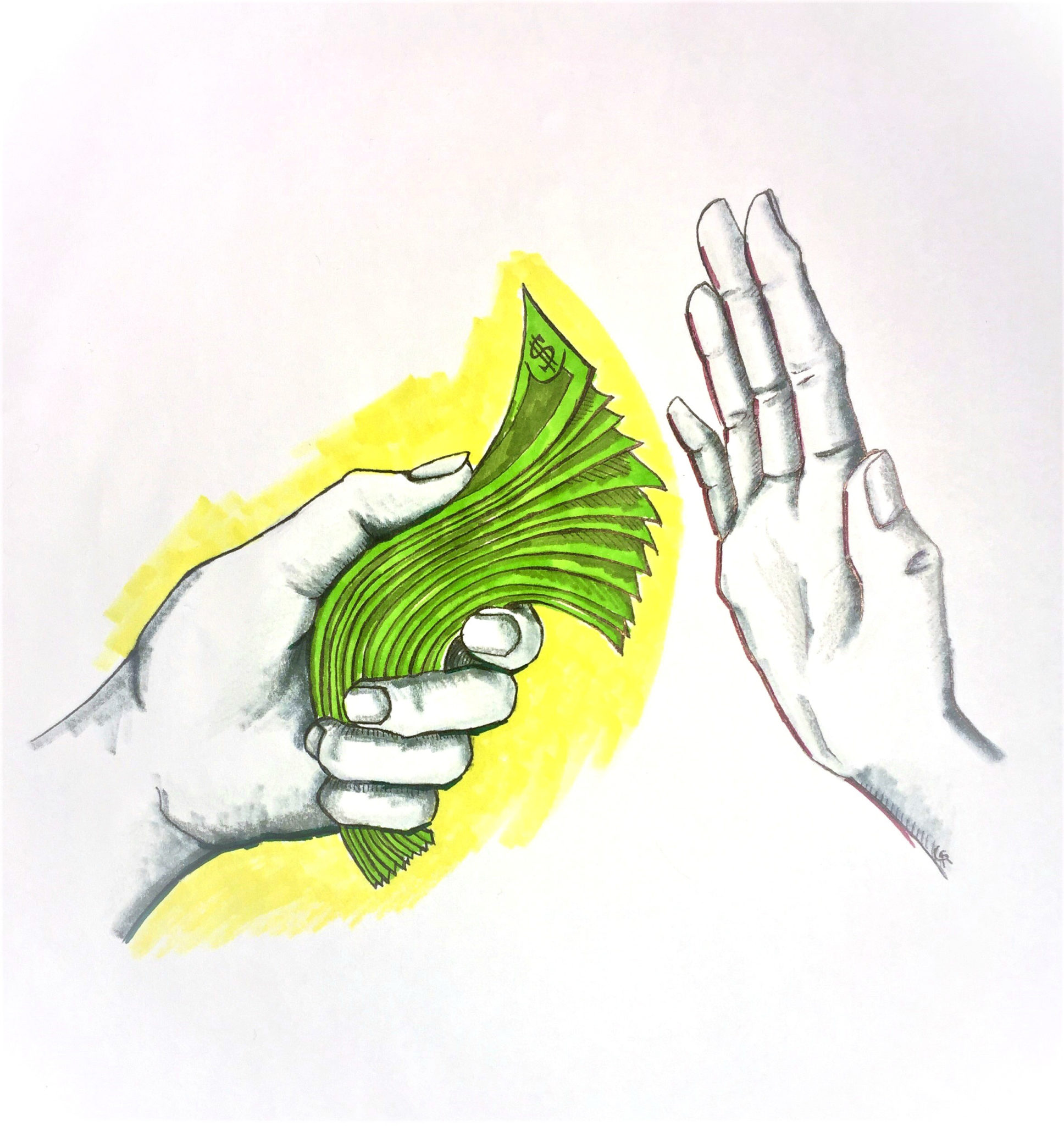
New research from Yale and the University of Michigan has found that people are more reluctant to accept stolen money than money obtained legally. This suggests that people take into account the “moral history” of a specific piece of currency when deciding whether to accept it, according to the study paper.
Researchers conducted eight related experiments and received online responses from over 1,000 participants. According to the study paper, the experiments evaluated how much participants desired the money offered, assessing factors such as the amount of money, whether the money was legally or illegally obtained and how the participant would choose to spend that money.
The researchers discovered that people were less likely to want illegal — or “tainted” — money, and were more likely to donate “tainted” money to charity than to use it for personal needs.
“All that matters about a piece of physical currency is its amount, not what it looks like or where it has been,” said Arber Tasimi, the study’s lead author and a graduate student in Yale’s Department of Psychology. “However, the findings reported in this paper show that money is evaluated in terms of its physical substance and, in particular, its moral history.”
According to the paper, the experiments set up a series of related scenarios and asked participants to rate how much they desired the offered money in each scenario. Participants rated money in “neutral-giver/neutral-money” scenarios — situations in which an innocent person offered the participant a legal bill – as the most desirable. In contrast, participants rated money in “bad-giver/bad-money” examples, in which a thief offered the participant stolen currency, as the least desirable.
However, participants were more likely to accept money from “bad-giver/neutral-money” situations than from “neutral-giver/bad-money” scenarios, according to the study paper. This indicates that the participants imbued physical monetary tokens — specific coins and specific bills — with moral history, said Tasimi. Participants were less likely to want money on this basis, he added.
According to the study paper, a “tainted” dollar is thus not equivalent in desirability as an “untainted” dollar. The findings are significant, given that according to traditional economic models, currency should be equal and interchangeable in all scenarios.
“Even though money is designed to participate in exchanges that effectively erase its origins, these results highlight the considerable contribution of moral history to people’s behavior and understanding of the everyday material world,” said Tasimi.
However, physical currency is becoming more and more of a rarity, Tasimi noted. Electronic payment services, such as Paypal and Venmo, could open up new areas of research. Tasimi also said he would be interested in exploring individual differences and factors that make some people more willing to accept “tainted” money.
According to the Bureau of Engraving and Printing, a part of the U.S. Department of the Treasury, billions of dollars are printed within the United States each year.







